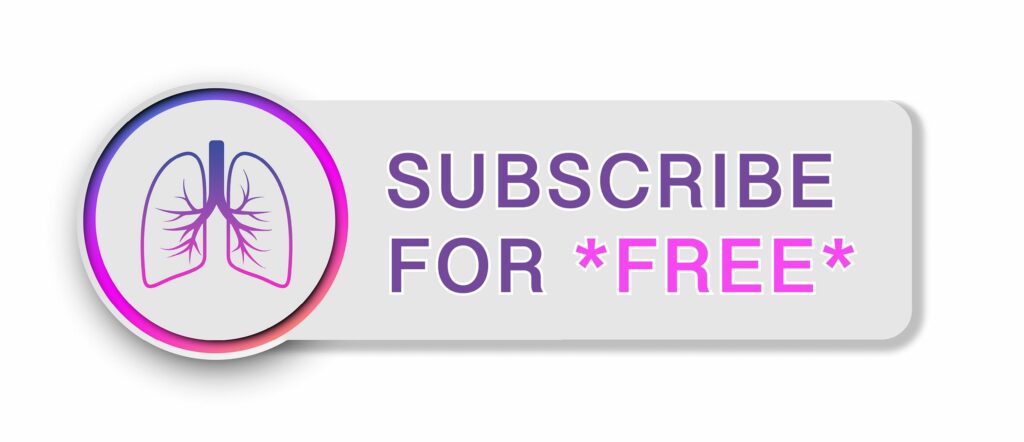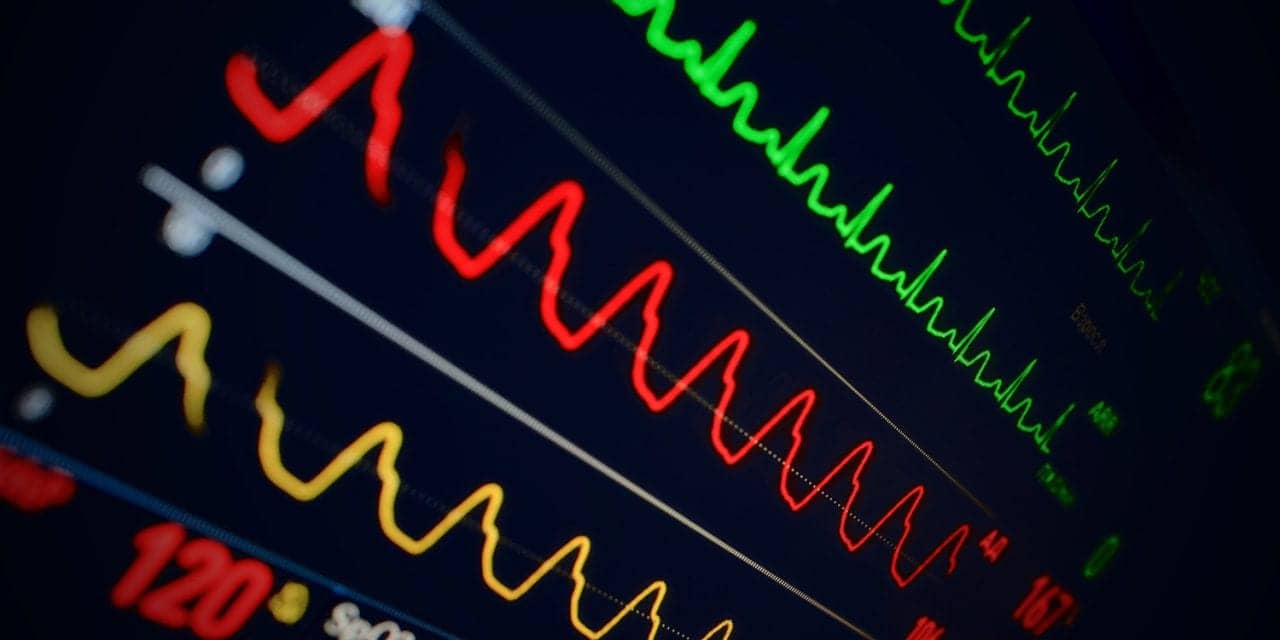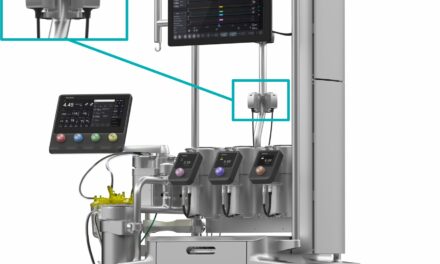Medical outcomes for patients treated in critical care settings like the ICU and trauma center rely heavily on successful monitoring technology and effective protocols.
By Phyllis Hanlon
Medical outcomes for patients treated in a critical care setting rely heavily on successful monitoring technology and effective protocols. Additionally, properly managing alarms and creating resourceful department procedures play a role in positive patient outcomes and staff efficiency.
Eduardo Mireles-Cabodevila, MD, director of the Medical Intensive Care Unit at Cleveland Clinic, pointed out that patients who come to the ICU can be divided into two groups: those who need mechanical ventilation and those who don’t; both groups require careful monitoring. He reported that patients on a ventilator are typically connected to a monitor that continually measures heart and respiratory rate, oxygen saturation, blood pressure and temperature. “These are the standard measures, except for temperature, which is sometimes measured continuously and also randomly,” he said.

Patients who are intubated are also monitored for end tidal CO2 on the same device. “If the patient is sicker, we would get more knowledge of what is being measured on all noninvasive devices. The patient could have a catheter, which measures arterial blood pressure continuously,” Mireles-Cabodevila said. Additional devices would obtain arterial waveform pressure, as well as hemodynamic measures, including cardiac output.
Monitoring in the Critical Care Environment
Monitoring technology plays a significant role across multiple care areas in the hospital, but is particularly imperative in critical care environments, according to Veffa Devers, DNP, MSHA, RN, CPHQ, vice president, Clinical Excellence Programs at Nihon Kohden. She added that monitoring technology allows clinicians to assess their patients on many different levels, including the ability to evaluate the outcomes of treatment, review trend data and capture a clear, holistic picture of a patient’s condition.
Advancements in monitoring technology have allowed for a continuous monitoring record to follow a patient throughout their stay, from the ICU to surgery to step down and beyond, according to Devers. “All of the information from the bedside monitor can flow into the electronic medical record, which helps clinicians share information, can improve coding, and enhance publicly reported information.”
While monitoring technology plays an identical role, whether in an ICU or a trauma center, the reasons are vastly different. Devers said, “Hospitals are designated as being able to provide certain levels of trauma care based on state provisions, but, at the end of the day, you can’t control what kind of patient comes through your doors. Sometimes, the closest hospital is a Level III center and a critically ill patient with Level I trauma requires immediate care.”
Situations like this require quick thinking and quick action. Based on the patient’s condition and needs, clinicians must be able to convert the trauma bay into an operating room or a critical care room, Devers asserted.
“You also need monitoring technology that is fully functional and can respond to the needs of your patient, especially during the golden hour, which is the most critical time for successful emergency treatment,” she said. “Further, monitoring technology should be able to move with your patient from the trauma bay to imaging to the operating room, and the patient’s data should be accessible to any clinician or provider who is consulting on or treating the patient. In each of these cases, proper monitoring technology can make the difference between life or death for a patient.”
Nihon Kohden focuses its attention on reducing patient discomfort and stress. “It is less about our latest technology and more about our overarching philosophy, which is that every monitor should come with a premium-as-standard promise,” Devers said. “That means that no matter what Nihon Kohden monitor you have, all features are turned on and ready to use. You don’t have to pay for extra modules to make full use of the monitor.”
For example, Nihon Kohden bedside monitors are all fully featured and designed to stabilize a patient in place. “That means that our Life Scope Transport monitor, which is designed to move with a patient from care area to care area, offers the same support and parameter monitoring as our Life Scope G9, which has been developed for high acuity areas where multi-clinician oversight is essential, such as operating rooms and ICUs,” Devers said.
Additionally, Nihon Kohden monitors allow clinicians to spend more time with patients and less time with technology. “Because of this, every monitor is easy to navigate, seamless and provides care for patients of multiple acuities in one location,” said Devers. “As a patient’s acuity level increases, the monitors respond to that need by increasing the number of parameters. Conversely, as the patient’s acuity level decreases, the parameters monitored decrease. Finally, each of our bedside monitors offers the power of the Life Scope Central Station at the bedside. Any clinician can look at graphical trend data, including multi-parameter, time-linked and full-disclosure, all without leaving the patient’s bedside.”
Devers emphasized that Nihon Kohden builds these ideals into every one of their bedside monitors “because we believe that patient care is paramount and no clinician should be in the position of transporting a patient simply so they can address their needs.”
ICU versus Trauma Center
According to Corissa Roberts, Global Marketing Manager–Hospital, Nonin Medical, Nonin devices are used in the ICU, trauma centers, the operating room, and throughout many other areas of care, including patient home monitoring. Nonin’s pulse oximetry, capnography and regional tissue oximetry devices offer OEM solutions that enable its sensors to connect with other multi-parameter vital signs monitors.
Roberts noted that while monitoring devices can help establish a patient’s physiological wellbeing or deviation from a baseline, care may differ slightly in trauma centers versus ICUs. She reported that ICU monitoring might be aimed more at preserving life and outcomes, whereas in trauma centers, the focus is centered on triage, requiring fast, accurate measurements. Nonin devices monitor patients in both ICU and trauma center settings.
In addition to a full portfolio of pulse oximetry products, the LifeSense and RespSense Capnography devices measure etCO2 and can detect whether a patient is breathing and/or has been intubated properly. The SenSmart regional tissue oximeter system measures the level of oxygen in the patient’s brain and limbs. Roberts pointed out that a recent study done at Stony Brook Medical Center indicated that Nonin regional oximetry may serve as an indicator of favorable outcomes and assist clinicians in ensuring patients receive timely care in critical situations.1
Alarm Issues
Although monitoring devices play an important role in patient care, the issue of alarms might compromise that care. Patients in the ICU could have as many as five devices in the room, all with different alarms, according to Mireles-Cabodevila. “Some experienced nurses know which alarms are sounding. But if the caregiving team is unaccustomed to alarms, the sound could blend together,” he said. “The alarm might not be easily recognized on these devices.”
For instance, bispectral index (BIS) monitors, which measure the depth of sedation, are used infrequently so if the device alarm goes off, the clinical staff may not hear or recognize it.
Remote Monitoring
Both ICUs and trauma centers rely on on-site monitoring, but advanced technology has enabled clinicians to observe patient condition and any associated changes while away from the medical facility.
Gary Milne, BS-RT, director of Clinical and Technical Ventilation, explained that Medtronic’s remote monitoring platform, Vital Sync, enables the physician to observe patient conditions from anywhere on an iPad, iPhone or other electronic device. “Doctors today don’t get same type of information as you do with actual visual pictures of waveforms, and graphs. You can see in near real time the impact of changes and do a much better assessment than in the past [with Vital Sync],” he said.
Jason Grimes, MS (biomedical engineering), MBA, senior principal associate, market development for Vital Sync, further explained that this remote patient monitoring platform device focuses on connecting directly to monitoring devices like pulse oximetry, capnography and into ventilators. Vital Sync captures high fidelity, near real time data and then analyzes the data, he added. “[This] allows the clinician to receive remote notifications or view the device in the room to [see] patient trends for certain parameters,” he said.
In addition to remote monitoring, reporting and connecting to a patient’s electronic medical record, Vital Sync features a Weaning Readiness & SBT (spontaneous breathing trial) Monitoring App, which enables more effective patient care. The app identifies when a patient is ready for weaning from a ventilator. “I’m monitoring more effectively and efficiently and prioritizing my time, instead of going back into room,” said Milne. “Remote monitoring helps me have better eyes on where a patient stands.”
Grimes noted that some clinicians are seeking a remote monitoring platform to connect with ICU ventilator alarms. “We can route those through any annunciation system or display. Basically it’s a one-screen home page with all of the patient’s different levels of alerts that you can see in the central nursing station. Or if you’re on a computer on wheels, you bring up the web page and see the protocol, tracking and reporting,” he said.
Milne pointed out that Vital Sync features make the platform applicable at any level trauma center. But rather than focus on the level, he suggests looking at the type of patient being treated. The complexity of the patient condition requires several monitoring devices. “In that setting we’re trying to streamline all the information and allow the team to make better informed decisions using remote monitoring platform,” he said. “We find different user needs, depending on trauma center level, so part of the platform is built to be somewhat customizable to address differences between trauma levels.”
Vital Sync, which initially focused on medical-surgical units, has been commercially available for four years and is now starting to get traction in critical care area, Grimes noted.
RT
Phyllis Hanlon is a contributing writer to RT. For more information, contact [email protected].
References
1. Parnia S. “Cerebral Oximetry During Cardiac Arrest: A Multicenter Study of Neurologic Outcomes and Survival.” Crit Care Med. 2016 Sep;44(9):1663-74. doi: 10.1097/CCM.0000000000001723.









